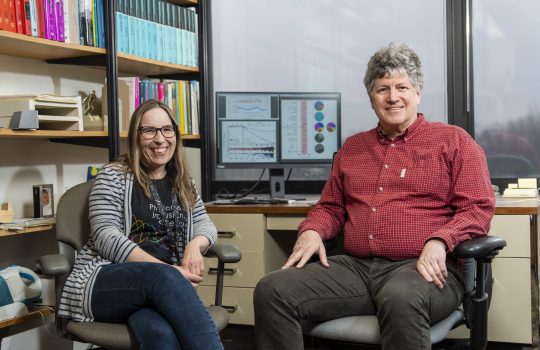Researchers at Fermilab and Northwestern advance 3D printing for high-temperature superconductors
Australian Manufacturing, May 7, 2025
Researchers at Northwestern University, with support from Fermilab have developed a groundbreaking method for 3D printing high-temperature superconductors. The research marks the first time ceramic superconductors have been 3D printed with a monocrystalline microstructure.


